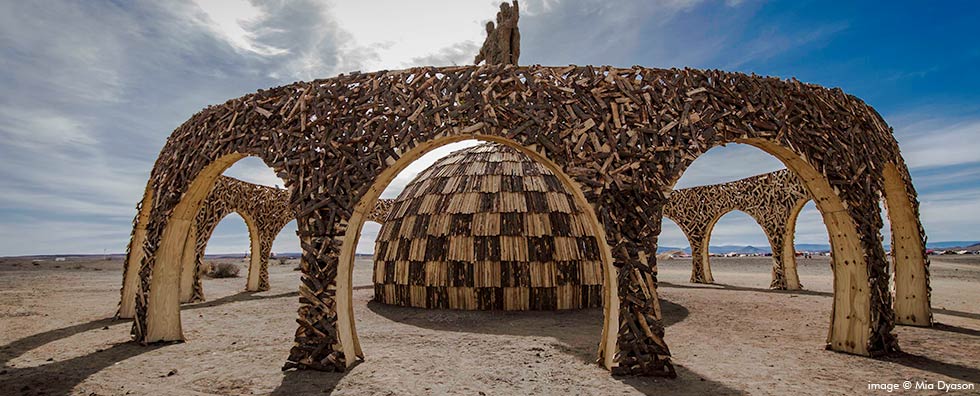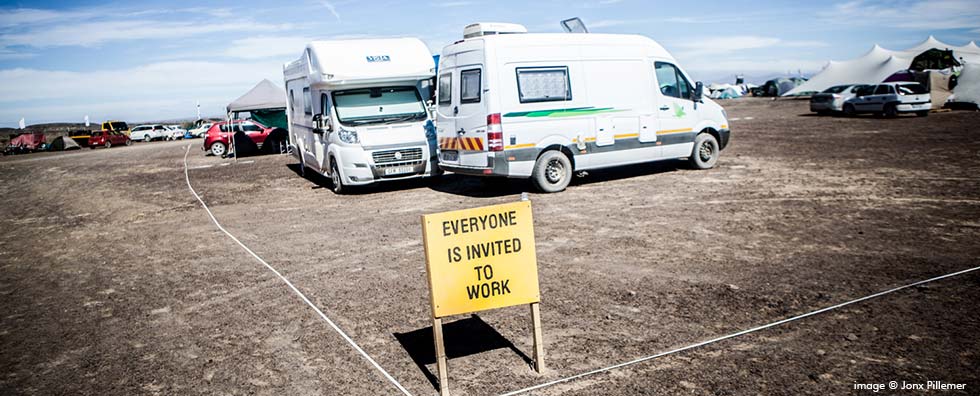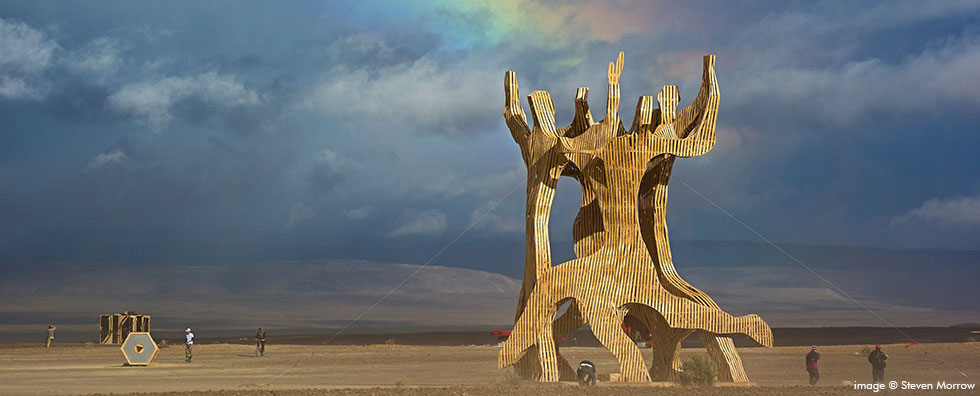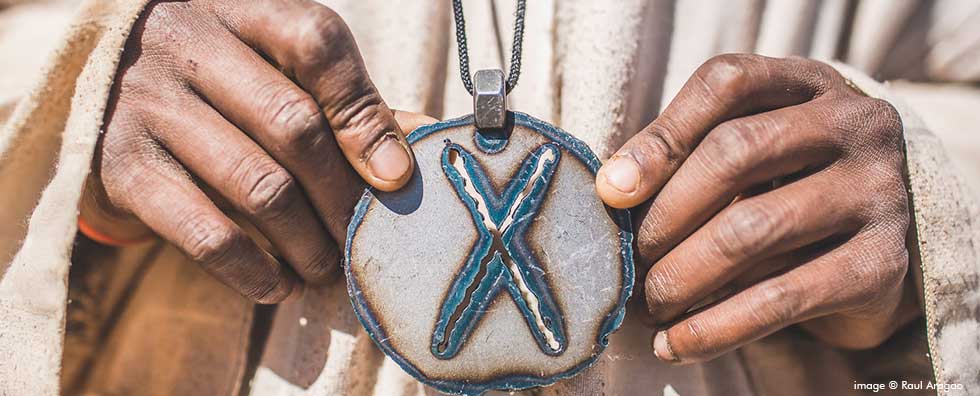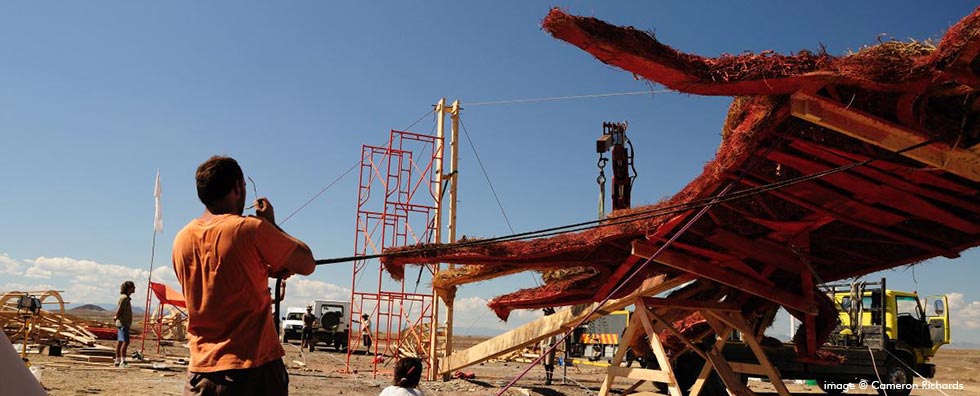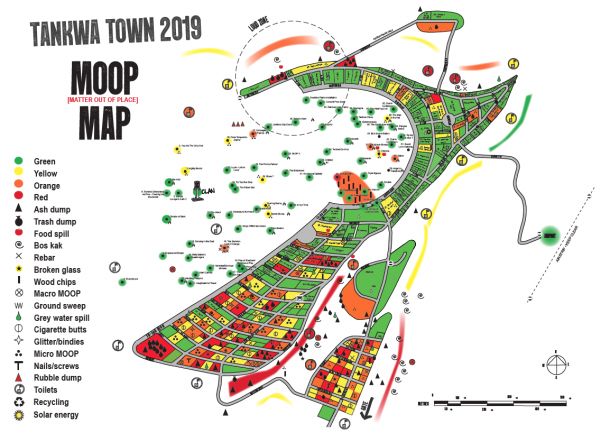MOOP Map 2019
(words: Marcos MOOP Bagz / photos: as per credit on hover)
The MOOP map is finally here in all its glory!
But first…
What is Leave No Tace (LNT)?
(LNT) Leave No Trace is one of the 11 principles that we should all be taking very seriously, not just at AfrikaBurn but everywhere we (humans) go. Leave No Trace deals with our direct and indirect ecological impact on the environment around us.
What is MOOP?
MOOP is short for Matter Out Of Place – and is anything and everything that doesn’t naturally occur in the Tankwa Karoo (cigarette butts, wood chips, boskak, glitter, bindis, washers, hair, plants, seeds and all organic food matter not indigenous to the area eg. 2-minute noodles, coffee grinds, peach pips, rice etc.)
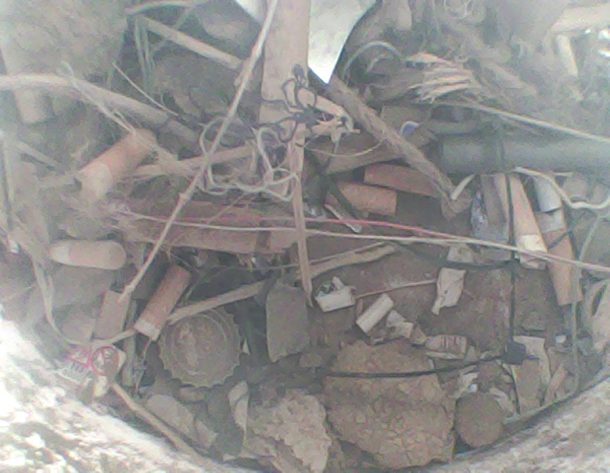
What is the MOOP Map?
The MOOP Map is a graphic representation of what our Leave No Trace team finds on the ground in Tankwa Town after the crowds have left. It’s created by documenting, recording and restoring every single area of the city we create together, and identifies all camps and areas affected by MOOP.
How Does This Work?
When 12,000 people gather in Tankwa Town, build artworks, Theme Camps and Mutant Vehicles and engage in a bazillion different activities for a week, there’s a good chance that many will leave a trace. Ideally, and in line with the principle of Leave No Trace, those traces should only consist of tyre tracks and footprints – but it doesn’t always work out that way. And, because we’re an environmentally-minded community (and organisation), every year our Leave No Trace crew (which consists of amazing and very dedicated volunteers) stalk the entirety of Tankwa Town, covering every single inch of ground that anyone walked on, camped on or drove on. In the baking heat, in crazy dust storms and even when the freezing winter winds start hauling across the plains.
Every. Single. Inch.
It takes about 3 weeks, with a team of around 15 volunteers.
Why? Because we really do care that much about leaving no trace at all, and about restoring Tankwa Town back into the Tankwa Karoo in its natural state. And in the process of scouring the whole of our event site, much gets found, unearthed and discovered, from microscopic items all the way up to large materials used in camps and artworks. And all of it, unless it’s natural to the Tankwa, is Matter Out Of Place – and has to be picked up and removed, and disposed of appropriately.
Depending on what’s found, the area or item is coloured according to the MOOP-o meter.
The MOOP-o-meter?
Yep – it’s how the MOOP is scored, on a colour scale.
The MOOP – O – Meter has four colours, each related to how much time our LNT crew spent scouring that area of ground, and in some cases, had to clean up after (insert camp or crew that lived there for a week):
Green
Is for quick and clean – if you got green, give yourself a pat on the back!
Yellow
Is for a slow and steady pace of the MOOP line in areas where more care could have been taken to pick up micro MOOP items.
Orange
Is for stop-and-go on the MOOP linesweep, where moderate macro or micro MOOP was found that caused the LNT team to stop, inspect and clear.
Red
Is a complete stop to clean up MOOP in areas and for for areas where very little care was taken on leaving no trace.
Now that the rating system’s explained, here’s the MOOP Map you’ve been waiting for:
(many thanks to volunteer map designer Sue Guldemond for her work on this year’s map!)
What happens if your camp or artwork space was red?
If an artwork or Theme Camp is rated red, they stand to lose the privilege of placement for the following year. In the worst cases, some camps or projects could even be fully disqualified from registering a camp or project again.
Who are the LNT crew and what they do?
The LNT crew are a dedicated bunch of volunteers who stay behind after the AfrikaBurn event to restore the desert to its previous natural state for other humans, fauna and flora who inhabit the Tankwa Karoo. The team of Volunteers, lead by Marcos MOOPBagz, record, categorise and restore the affected MOOP areas in and around Tankwa Town, and by recording the data of what they find and where, create the MOOP map.
Our LNT volunteers have a lot to endure out in the desert, dealing with blistering heat, gale force winds, rain, dust storms and let’s not forget the actual MOOP items themselves, which require a lot of back-breaking bending over and scooping up to remove entirely. This makes it a challenging but rewarding task of leaving the desert in pristine condition.
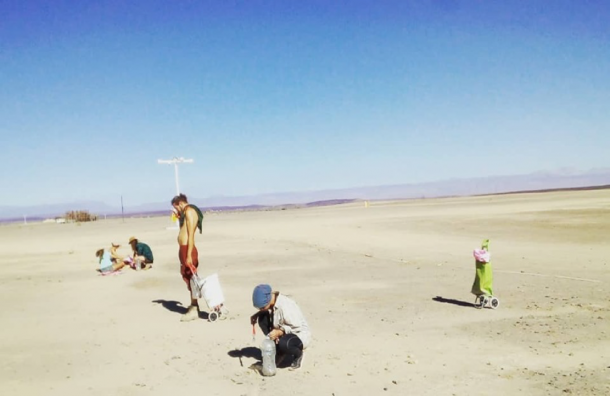
What happened this year?
This year has been a real turning point for Collectives (ie: the crews that create and register projects like Theme Camps, artworks and Mutant Vehicles), with the majority opting to have their sites signed off by our LNT crew before leaving Tankwa Town. This process means that members of the crew remain on their site until the LNT team have been able to visit and provide a summary of the state the crew’s site is in, and sign off on it in person. In many cases, the simple act of staying on and inspecting the site can, and does, reveal items that a first pass would not necessarily show – and provides the Collective crews with an opportunity to be fully aware of whether their whole site, and surrounds, is in a good state as far as leaving no trace.
Of the many Collectives this year, some participated in AfrikaBurn’s first recycling Theme Camp – named Blikkiesfontien – which is run by the recycling mastermind known as Spikkels. Thanks to camps and project crews sorting and separating their recyclables, and taking it along to Blikkiesfontein to be OK’d for drop-off, Spikkels and his team collected a total mass of a little over 1.2 tons of recyclable material. The positive impact of this has left Theme Camps with very little trash to transport back home, leaving the majority of registered Theme Camps GREEN!
There were also Theme Camps opting for cleaner alternative power like solar energy. (Leave No Trace also includes the carbon omissions from using fossil fuels).
However, this year also saw a nasty trend of people setting up camp in the bushes and waterways, well beyond our ‘NO CAMPING BEYOND THIS POINT’ signs. This causes damage to plant life and can result in macro and bio-hazardous MOOP being deposited in the bushes. Incidents were also recorded of some people with RVs (motor homes / campervans) draining toilet tanks out on the roads, and our LNT crew also found a lot of MOOP deposited in our toilets, which is a real headache for our team, because foreign objects get caught in our effluent pumps and require a complete dismantling before they can be used again – and this results in considerable delays to our planned toilet pumping schedule.
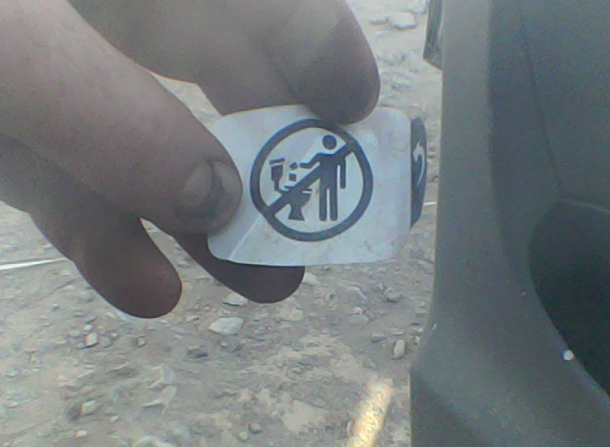
What is the number one MOOP at AfrikaBurn 2019?
Tieing in first place this year is…(drum roll) trash dumps and ash dumps.

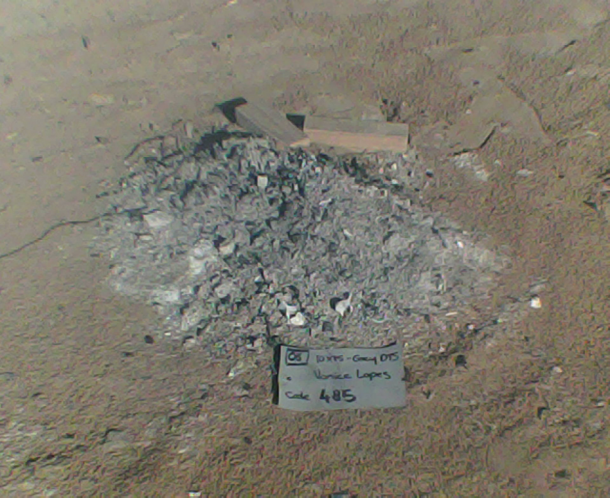
Yes it’s true: dumping of bags and boxes of trash was on the rise this year. It only takes one camp to dump to make others to follow. Don’t get fooled into thinking that this behaviour is OK: There are NO trash collectors in Tankwa Town, so it’s of vital importance that what ever you bring with you to the desert goes home with you, including all of your trash.
Tips on how to minimise 2019’s number one MOOP for Afrikaburn 2020:
If you would like your town block looking greener next year, go spread the good word of Leave No Trace to your neighbours. Each one teach one – make sure that they are doing their part in leaving no trace. Yes, you can make a difference!
Camps with fires need to become aware that ash from a campfire is also MOOP. We all know that some time the ashes could still be hot, but you should be dealing with it in the right way. Before trying to pick up the coals, always make sure to spray a bit of water over your coals to make sure they’re completely dead – then pack the ash into 1 or 2 large buckets with a lid on for transporting back home.
What MOOP improved in 2019 compared to 2018?
Cigarette butts (believe it or not). A lot of them were picked up, however there has been an considerable improvement from last year.
What kind of Macro MOOP was found?
Macro MOOP items like: wooden pallets, flowbins, large random pieces of wood, cardboard boxes, crates, unofficial camp sites, boskak trees, ash dumps, food dumps, abandoned camp sites, large rebar, clothing, large trash dumps, swept ground (sweeping the desert floor leaves marks that last for many years), water and grey water scars and broken camping equipment.
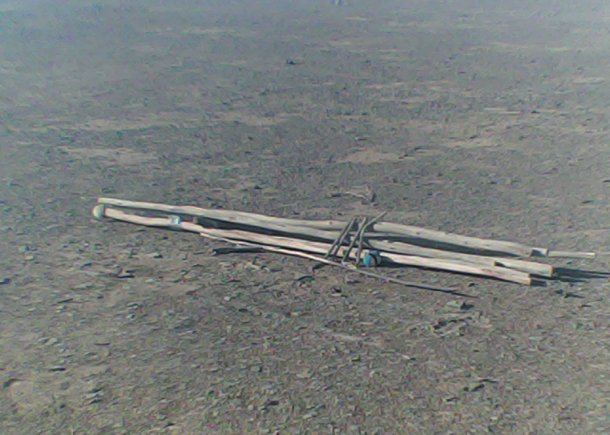
What kind of Micro MOOP was found?
Micro MOOP items like: cigarette butts, wood chips, glitter, bindis (ie: stick-on facial and body stickers), matchsticks, glow sticks, lollipop sticks, fibres from clothes, sweets, metal and rubber washers, screws, nails, hair, tent pegs, broken glass, sequins, flakes of paint, coins, cable ties, eggshells, onion skins, orange peels, popcorn and flowers not indigenous to the area.

Areas worst affected by MOOP this year:
The bushline and toilet banks between Nansen St and Mirage Rd found many areas where people were camping in or beyond the bush line.
Most of the toilets around Temporary Road.
Trash dump in the bush line on Nansen St and Illusion Rd (below).

Toilets
Our toilets also contributed to MOOP – because some folks just didn’t pay attention to our many notices to keep toilet rolls in the bucket. KEEP THE TOILET PAPER BUCKET CLOSED. When they’re left open, the Tankwa wind whips the toilet paper up, and spreads it around (which is a real bitch to clean up hundreds of metres into the thorny veld).

Moving Forward
In future we should all be trying to use an alternative energy source in some form or another: technologies such as solar have become more widely available at an affordable price, and are now well within the reach of anyone who has a small budget. For inspiration in this area, check out camps such as Power of The Sun, DMV and The Dung Beetle – all of which have developed their own independent alternative energy sources.
Lasts words to Theme Camps
With great sound systems, public spaces and gifting food and beverages comes great responsibility! Remember that, so you’re able to make Leave No Trace a priority – it doesn’t just make the task of our LNT crew easier, but yours as well when you have to pack up and clean up!
Thank you to all who work very hard to keep their space and the space around them a clean and happy place. Your work does not go unnoticed.
Last words to Artwork crews
Thank you to all artists for all the hard work and dedication not only on a successful build but also a successful deconstruction and Leave No Trace strategy. We’re happy to report that, apart from a few small issues, artwork sites were largely not a problem this year. Well done!
Last words to General Camping
By adopting the principles and practice of Leave No Trace and Each One Teach One, we can improve our carbon footprint. Not only at AfrikaBurn but in our every day lives. You are a part of this crazy beautiful social experiment as much as everyone else.

The Solar Wall of Fame 2019
The Solar Wall of Fame is a honour roll of Collectives and crews that utilised solar power as an alternative power solution these camps are as followed:
Power of The Sun
Pixels
DMV
Eyes on Art
Art Sluts
Le Petit Paris Camp and Bar
Well done to everyone that has made the transition to clean energy sources – we’re looking forward to adding many more names to this list next year!
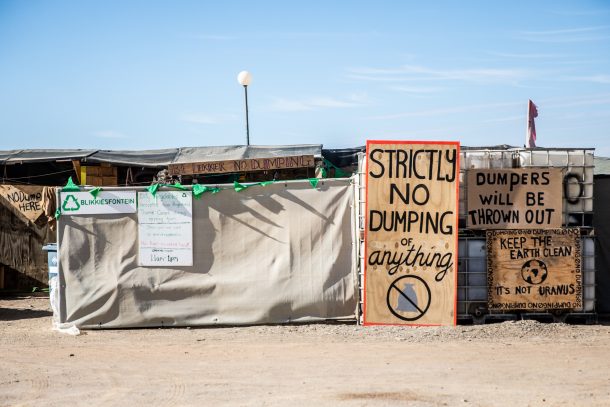
Blikkiesfontein Wall of Fame 2019
This goes out to the camps that sorted & packed their own recyclables, and then took them along to Blikkiesfontien, our on-site recycling depot run by Spikkels and his amazing team of green-minded planet lovers – this list consists of switched-on and considerate campers, camps and crews, and WE LOVE YOU!
Why Not
Soulstice
Purple Spanking Booth
Space Cowboys
aTypical Bar
Dreamers
Javanesia
Bubbles and Bass
Wild Ass Saloon
DMV
The Pancake People
Vagabond
Potato and Ribs
Le Petit Paris
Golden Forest
Maple Camp
Camp DelicioZa
Koala Camp
Sunset Oasis
Burning Flambeos
Deliverance Home & Gig
The Grin and Tonics
Org Kitchen
404
Hydration Station
Konynhart
Ranger Love Lounge
O-Hey-Sis
Clan
CEXx
Airspace
New Beginnings
Fire
DPW
The Dung Beetle
Rabbit Heart

Thanks to the efforts of so many planet-loving camps & crews, this year Spikkels and his Blikkiesfontein team collected a record number of bales of recyclables. Here’s the final total on those:
19 Cans
8 PET
1 Soft Plastics
1 Cardboard
Well played to everyone that recycled, left no trace and treated the Tankwa with respect – you rock our world!
That’s it for this year, from your Leave No Trace team. If you’re a Red on the MOOP Map, or a Yellow – and you’d like to make amends, then please consider stepping up and volunteering to help LNT restore our event site next year. It’s a lot of fun, and we promise you that you’ll be warmly welcomed into our earth-loving-MOOP-hunting family!
If you’d like to contact our Leave No Trace crew – to discuss your rating on the map, or to volunteer to assist our Leave No Trace team, email [email protected]

